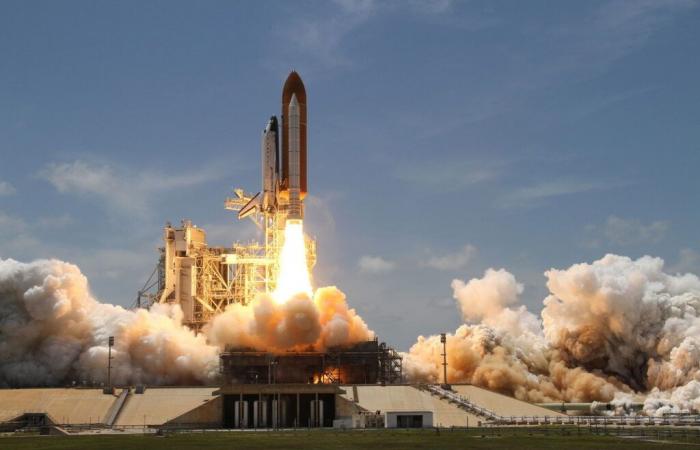Key information
- Isro’s missions have been accomplished at significantly lower costs than similar ventures at NASA and other space agencies.
- India’s space program has enabled substantial scientific advances, such as Chandrayaan-1, which confirmed the presence of water on the Moon, and Mangalyaan, which studied methane in the Martian atmosphere.
- Factors contributing to profitability include a frugal approach, self-sufficiency, indigenization, lower wages and labor costs, and a lean approach with smaller teams and engineering models boundaries.
Achievements of the Indian space program
India’s space program has consistently garnered global admiration for its incredible cost-effectiveness. Recent projects, including an ambitious lunar mission and a Venus orbiter, were funded with 227 billion rupees (around 2.47 billion euros), underscoring the country’s commitment to space exploration, despite budgetary constraints.
Cost comparison with international space agencies
ISRO’s missions, such as the Mars orbiter Mangalyaan and the lunar module Chandrayaan-3, have been carried out at significantly lower costs compared to similar efforts by NASA and other space agencies. Mangalyaan cost just 68 million euros, while Chandrayaan-3 cost 69 million euros – figures that pale in comparison to NASA’s Maven orbiter’s 536 million euros or the 122 million euros from Russia’s Luna-25 mission.
Scientific advances
Despite modest budgets, Indian missions have enabled substantial scientific advances. Chandrayaan-1 confirmed the presence of water on the Moon and Mangalyaan studied methane in the Martian atmosphere. The current Chandrayaan-3 mission is attracting global interest with its images and data.
Factors contributing to cost-effectiveness
This cost-effectiveness can be attributed to several factors. The program’s frugal approach stems from its inception in the 1960s, when scientists like Vikram Sarabhai emphasized the practical benefits of satellites for India’s development. Since then, Isro has maintained a policy of self-sufficiency by developing its own technologies and manufacturing its equipment in India.
Indigenization and self-sufficiency
This indigenization was reinforced by the sanctions imposed on India after its first nuclear test in 1974, forcing the country to rely on its own resources. Lower wages and labor costs in India compared to Western countries also help make the program more affordable.
Lighter approach and risk
Unlike NASA, which often outsources the manufacturing of its satellites and purchases insurance for its missions, Isro relies on a leaner approach, with smaller teams and limited engineering models. Although this approach carries a risk of failure, it allows it to launch more missions at a lower cost.
Future challenges
Despite this success, India’s growing space ambitions could lead to increased costs in the future. The planned manned mission to the Moon by 2040 will require a more powerful rocket, which is currently under development, but which will inevitably be more expensive. Furthermore, the opening of the Indian space sector to private players could also influence the cost structure.
If you want access to all articles, subscribe here!






